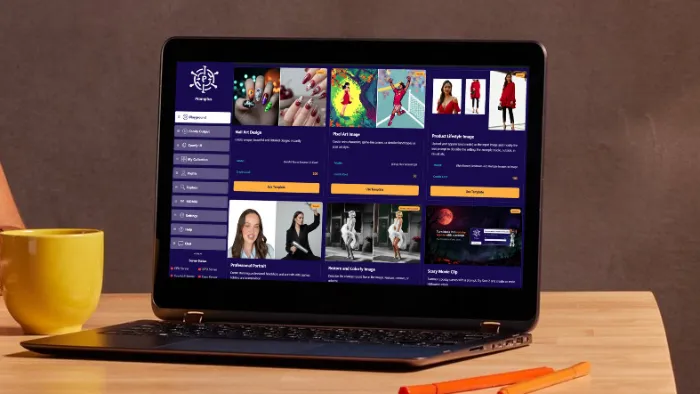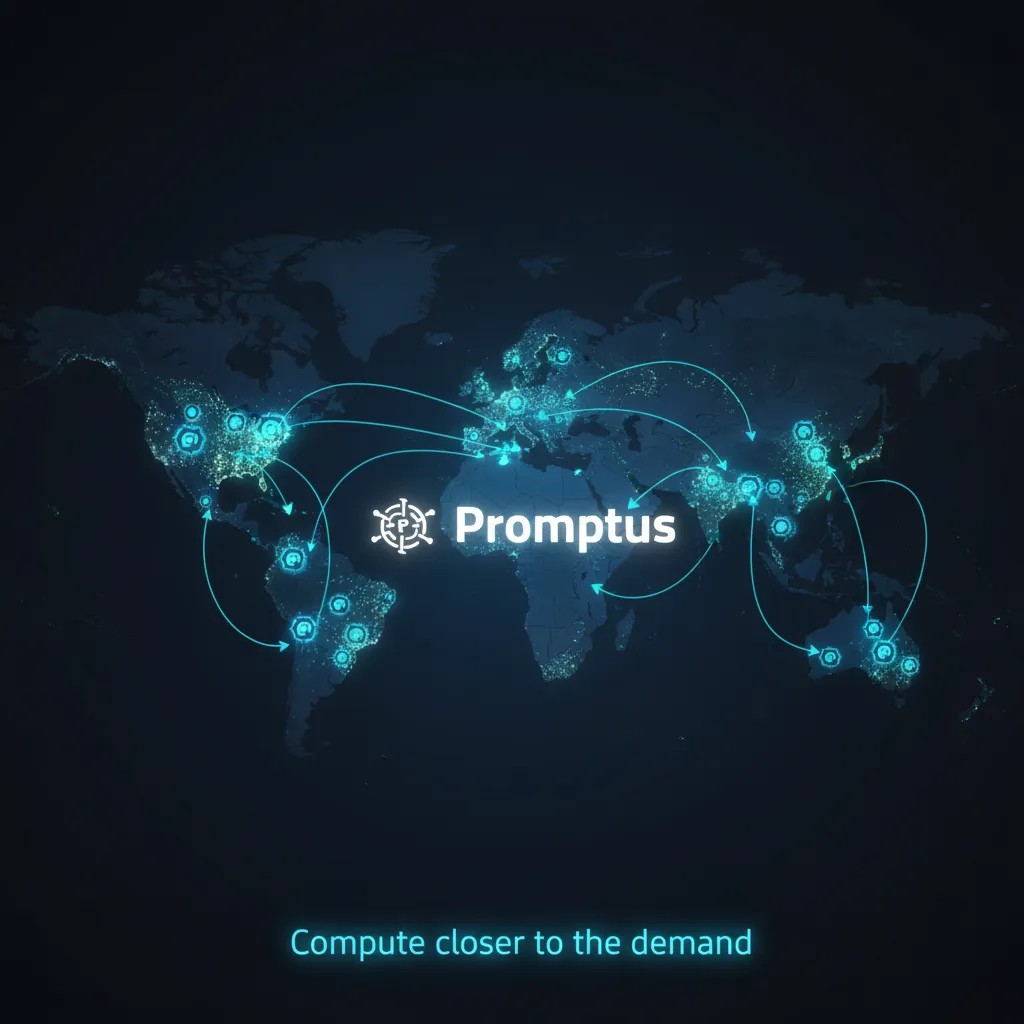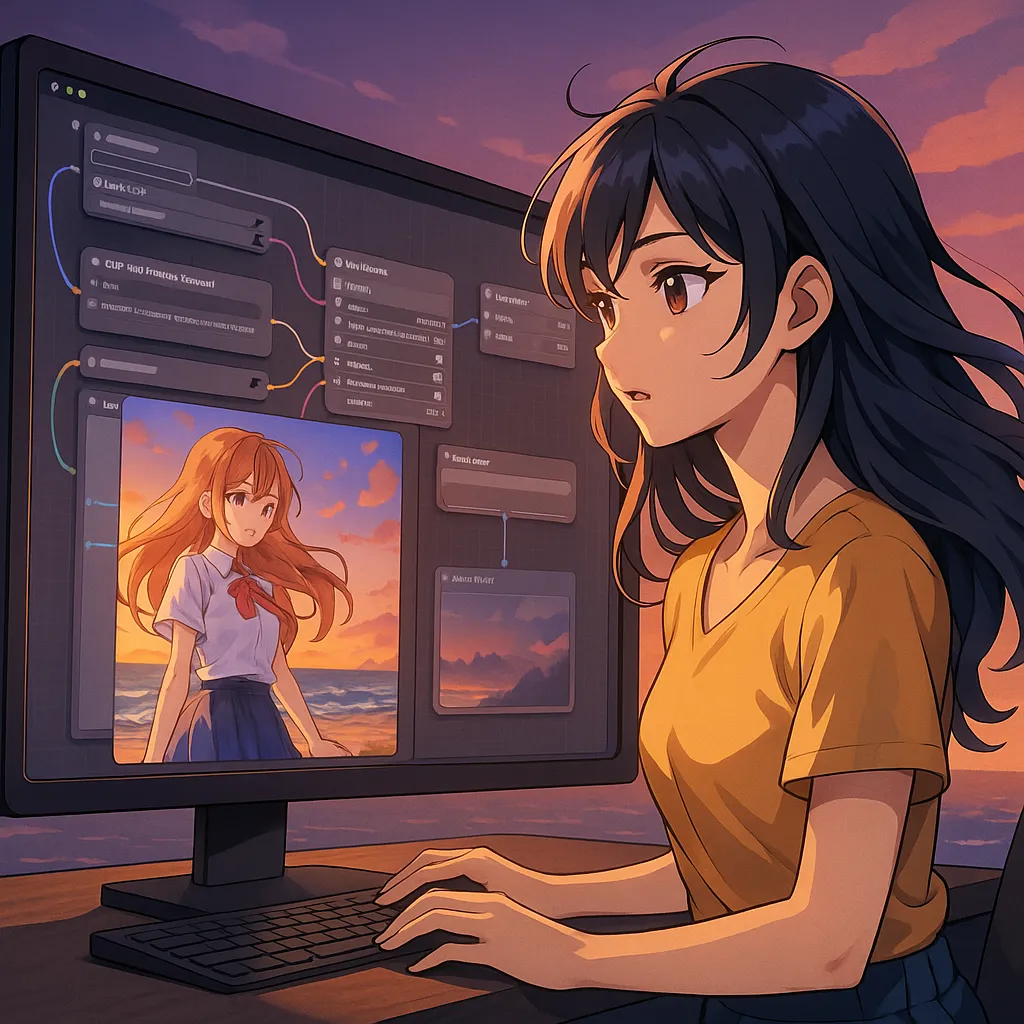
Are offline AI image generators more private than cloud?
As AI art generators continue to grow in popularity, so do concerns about data privacy. Cloud-based platforms — from Midjourney to Stability’s DreamStudio — require sending prompts, images, and sometimes account metadata to external servers. That’s fine for casual use, but not for creators working with sensitive content, proprietary imagery, or anything they simply don’t want leaving their machine.
Fortunately, several AI image tools are designed to run fully offline, never transmitting prompts or images unless you explicitly enable cloud features. We tested and analyzed the most popular privacy-first options to see which ones actually keep your data local.

1. Promptus (Local Mode)
Best Overall — A Polished UI With Optional Cloud Compute
Promptus is one of the few AI art tools that aims to bridge two worlds: a clean, modern desktop application for local generation, and the option to tap into cloud GPUs when needed. The important part for privacy-minded users is that local mode works completely offline, and cloud access is fully optional.
Privacy Highlights
- Local Mode keeps all prompts, images, models, and metadata on your device.
- No required login or online sync for offline use.
- Internet can be disabled entirely while retaining full functionality.
- No hidden automatic uploads or telemetry in local workflows.
Where Privacy Weakens
- The tool also offers Promptus Cloud and a distributed GPU network.
- Using those features necessarily transmits prompts and image data to remote servers.
- The privacy posture depends on the mode you choose.
Verdict
Promptus offers the most polished and user-friendly local experience of any tool in this list. It’s ideal for artists, researchers, and professionals who want a desktop-first AI generator that doesn’t send data anywhere unless they explicitly opt into cloud compute.
If you want privacy and convenience — not just raw control — Promptus stands out.
2. Fooocus (Offline Mode)
Best for Beginners — Simple, No Accounts, No Cloud
Fooocus is a lightweight and beginner-friendly tool that emphasizes simplicity. It intentionally hides complexity, auto-tuning many generation settings under the hood.
Privacy Highlights
- Completely local when installed on your PC.
- No login, no analytics, no cloud features.
- Can run fully offline without losing functionality.
Limitations
- Fewer manual controls for power users.
- Workflow features are minimal compared to more advanced interfaces.
Verdict
This is the ideal pick for users who want Midjourney-like ease without touching a cloud server.
3. AUTOMATIC1111 (Local-Only)
Best for Tinkerers — Maximum Configuration, No Data Sharing
AUTOMATIC1111 (often shortened to A1111) is still the most configurable traditional Stable Diffusion interface. It’s open-source, widely supported, and extremely flexible — though the UI can feel dated.
Privacy Highlights
- Fully offline when run locally.
- No telemetry or forced online components.
- Highly transparent due to open-source code.
Privacy Caveats
- Third-party extensions can introduce data flows.
- Users should avoid unverified plug-ins.
Verdict
Great for technical power users who want complete control and no cloud footprint, as long as they manage add-ons responsibly.
4. Local AI Desktop Apps (No Cloud Required)
Good for Casual Users Who Want Simple, Offline Installers
A handful of standalone apps offer single-install, offline image generation without any cloud dependence:
- DiffusionBee (macOS) – Popular native macOS app, great M-series performance.
- StableArt local builds – Simple interface, focused on offline workflows.
- LM Studio – Primarily for LLMs, but supports local image add-ons.
Strengths
- Zero account requirements.
- No automatic network activity.
- Typically easier to install than more technical UIs.
Weaknesses
- Often less feature-rich.
- Models included may be limited without manual upgrades.
Verdict
These are great “appliance-like” tools if you want offline generation without managing complex settings or ecosystems.
5. Self-Hosted Workstations & Air-Gapped Systems
Best for Maximum Security — Professional Environments Only
For studio or enterprise use where confidentiality is critical, nothing beats an air-gapped workstation or self-hosted server running local inference.
Benefits
- Zero external communication.
- Full control over storage, permissions, and access.
- Indefinite privacy, assuming secure physical access.
Drawbacks
- Expensive hardware.
- Requires technical setup and maintenance.
- Not beginner-friendly.
Verdict
This is the gold standard when privacy isn’t optional — e.g., medical imaging, defense, proprietary concept art, secure R&D environments.
Conclusion
If you want AI image generation with no data sharing, the key is simple: Choose tools that run locally and don’t require an external account — then keep them offline.
Promptus stands out as the most balanced choice for everyday creators, thanks to its polished UI and the ability to stay fully offline when needed. Fooocus is the easiest for newcomers. AUTOMATIC1111 remains the best for technical users who want raw control. And for maximal security, air-gapped local systems remain unmatched.
%20(2).avif)
%20transparent.avif)


